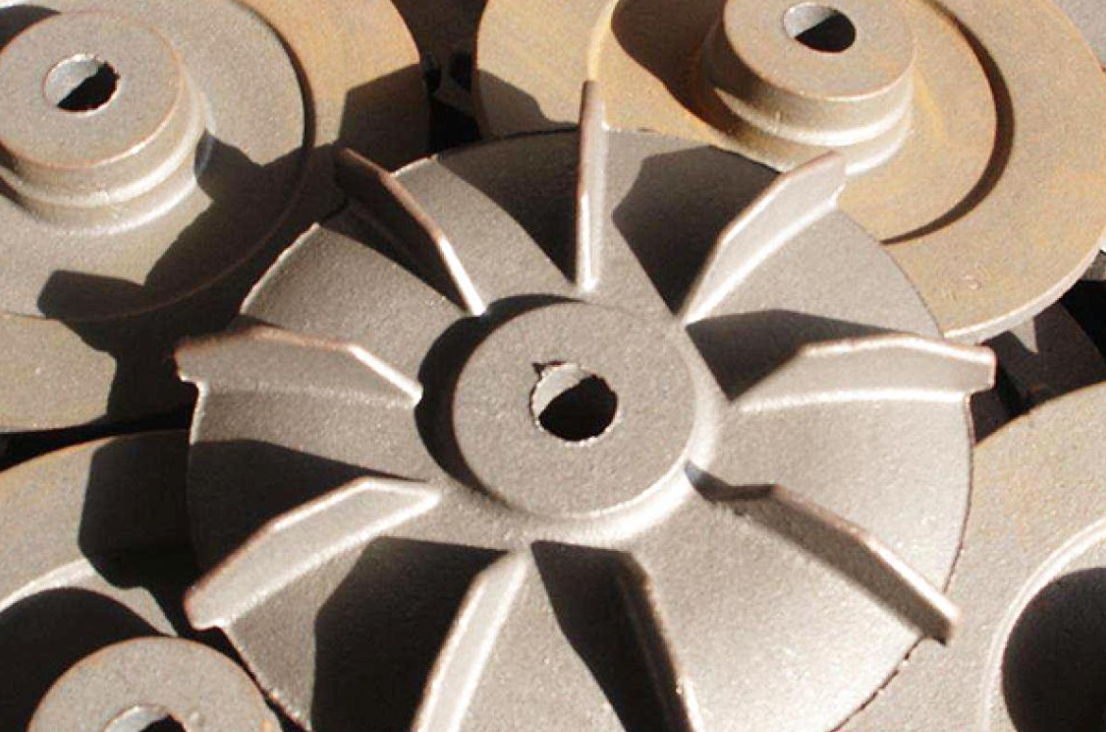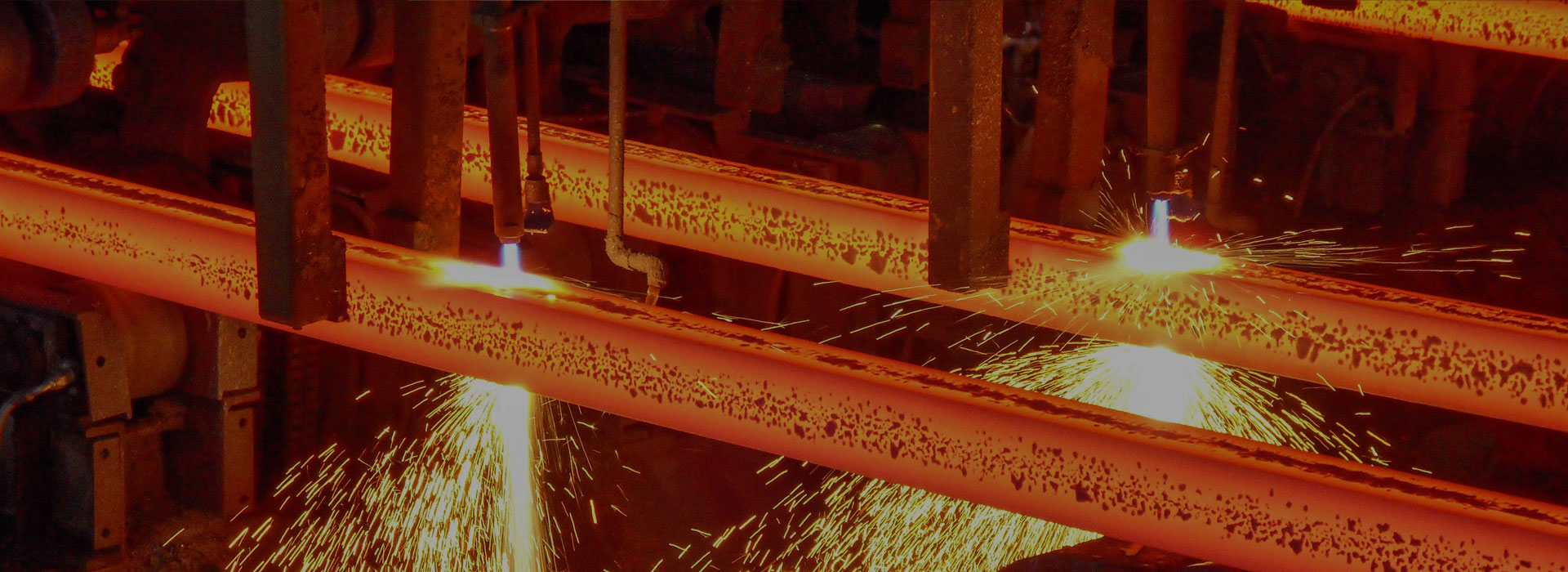Factors Affecting Surface Finish of Iron Casting Prats
2024-06-19
There are several factors that can affect the surface finish of iron casting parts:
Mold Quality: The quality of the mold used for casting plays a significant role in the surface finish of the final part. A smooth and well-constructed mold will result in a smoother surface finish on the casting.
Pouring Technique: The way in which the molten iron is poured into the mold can impact the surface finish. Proper pouring techniques, such as controlling the flow of metal and minimizing turbulence, can help achieve a better surface finish.
Mold Filling and Solidification: Proper mold filling and solidification of the iron casting are essential for achieving a good surface finish. Issues such as incomplete filling, improper cooling, or rapid solidification can result in defects on the surface of the part.
Metal Quality: The quality of the iron used for casting can also affect the surface finish. Impurities in the metal can lead to defects on the surface of the part, while a higher-quality metal will result in a smoother finish.
Surface Treatment: Post-casting processes such as grinding, shot blasting, or painting can also impact the surface finish of the iron casting part. These treatments can be used to improve the appearance and smoothness of the
surface.
Tooling and Equipment: The quality and condition of the tools and equipment used for casting, such as the pattern, gating system, and core boxes, can also influence the surface finish of the final part. Proper maintenance and calibration of these components are essential for achieving a good surface finish.
By paying attention to these factors and ensuring proper control and optimization of the casting process, manufacturers can achieve a high-quality surface finish on their iron casting parts.




